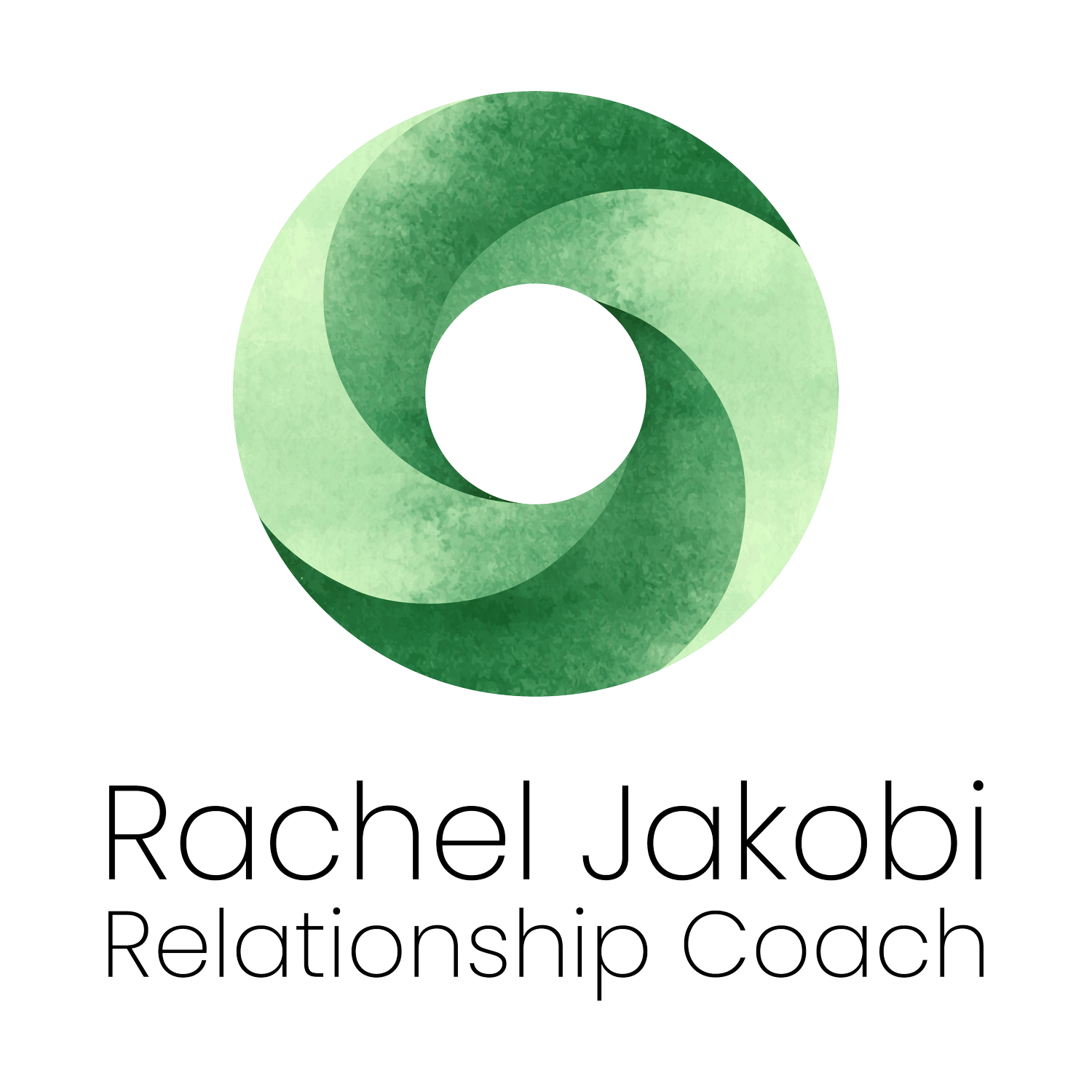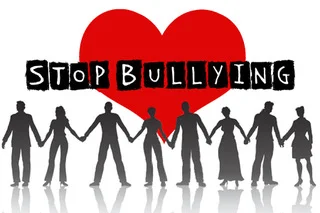The world is in crisis. It’s undeniable. North Korea. Iraq, Afghanistan, Syria. And then there’s the increasing number of natural disasters, that seem to be reflecting where human society is at. Volcanos erupting in Hawaii, earthquakes in California and Mexico. We’re pretty fortunate to be so isolated from it all in Australia. But this can sometimes make us feel helpless too. Where do we even begin?Although probably not as globally devastating, we have our own crises. Bullying is affecting more kids than ever, at younger ages and with more serious consequences.Ghandi advised us to “Be the Change we want to see in the world.” So maybe this is where we can begin. This is something you do actually have the power to influence,and I’m going to give you the knowledge to make the changes within your own family, schools and community. Aren’t we fortunate to have access to the resources and information that enable us to actually do something about it!
A recent study by the University of Sydney found that 97% of our brain function is unconscious and only 3% is conscious. The conscious part includes creative thought, self-awareness and the ability to project ideas into the future. Consciousness can change and adapt. The 97% isn’t quite as flexible. It’s more like a computer program. And if you’re trying to make a change, for example, lose weight, using willpower to make the required changes is like shouting at the computer screen and telling it to eat more vegetables. To make the changes, you have to enter the program.
And I feel that everything we’re doing to address the current crisis in our schools is a bit like talking to the computer to get it to do something for you.
Before we’re even born, our brains begin to form neural pathways. The first time our brain forms one of these neural pathways, it’s a bit like bush bashing. The next few times it’s a bit like a bush track, then a surfaced road, until it becomes like a six-lane highway that you’re speeding down at 100kms an hour. The more you use it the easier it is to use and if you stop using it, eventually the brain breaks it down, the building blocks are used for new pathways and eventually the road becomes bush once more. But why would you bush bash if you had the choice of a high-speed freeway?
Prior to birth up to the age of 7 or 8 our brains are like a mad construction site, roads going in everywhere. Above and beyond this age most of our beliefs and behaviours are a result of what happened in those first 8 or so years. And here’s why.
There are five identified brain waves. From slowest to fastest we have delta, theta, alpha, beta and gamma. Delta is characteristic of deep sleep. Theta is characteristic of light sleep, vivid dreaming and hypnosis. Low beta governs everyday tasks, logic and problem solving, whereas high beta is associated with high levels of stress and anxiety, fear, anger, blame and guilt. The fastest frequency, gamma, is experienced during heightened awareness and experiences of ‘enlightenment’ during deep meditation.
As new born babies, we function mostly in delta, even when awake, up to the age of about 2 years. From then till about 7 or 8 we use predominantly theta waves. Up till adulthood we use alpha and as an adult, beta dominates.
You may recall I mentioned that theta is the state of hypnosis. This is the state where the logical, rational, cautious beta mind is put into a relaxed state so that the hypnotherapist (or hypnotist) can communicate effectively with the subconscious to install new beliefs or habits. This means that your children, up to the age of about eight are essentially giant sponges, absorbing all the information they are exposed to, with the inability to discern wisely. And of course, the more they’re exposed to certain beliefs and habits, the stronger those neural pathways for those beliefs and habits become. And from whom do they absorb the majority of this information? Us, the parents of course. And it’s not just the things we say to them, but more significantly the things they see us do.
Recently, I wrote a blog called “Have no Fear” about the effects of stress on our bodies and mind. If you haven’t seen it I recommend you read it. Among other things, the physical stress response that our bodies experience disables us from regulating our emotions. This means we are less equipped to handle things such as being stuck in traffic, winning or losing at games, being influenced by the negativity of others, running late, not achieving our goals, money issues, crowds, the way we look in the mirror and many other daily stressors.
Imagine a child who was exposed to a large amount of stress which built very strong neural pathways for stress. They would struggle to manage the ups and downs of life. They would feel like they were constantly treading water, fighting fires and find it difficult to thrive in life. As they grow up they may suffer from low self-esteem, poor or attention seeking behaviour, a lack of confidence, feeling threatened by others and the world around them, they may be victims of bullying, or they may even become bullies themselves.
So how do we ensure we build positive, balanced stress responses in kids? And is it too late once they’re past the ‘sponge’ phase?
Firstly, when they’re young we need to:
1. Model good stress responses. Do you struggle with stress yourself? For the sake of your kids, learning to reduce the stress in your life should be your number one priority. And by reducing stress I don’t mean reducing the stressful events, because sometimes this is out of our control. The way you respond to the stress though, is entirely within your control. Keep reading for ways to positively alter the way you respond.
2. Love them their way. I’m certain you love your kids to the moon and back. But are they? In 1995 Gary Chapman wrote a ground-breaking book called “The 5 Love Languages”, depicting the different ways in which people need to be loved. I highly recommend you seek it out, to ensure you’re communicating to them the love that you have for them. Feeling unloved, even when it’s misguided is extremely stressful for anyone.
3. Hug them.Physical touch is one of the love languages but I want to make special mention of it because hugs have other special qualities. They help to release the hormone oxytocin which reduces stress and anxiety.
4. Satisfy their needs. Everyone feels stressed when their needs are not met. It’s the body’s way of seeking those needs. There are 6 core human needs, as identified by Tony Robbins. I will write about them soon but in the mean time I suggest you google it.
4. Make them feel understood. When people don’t feel understood they feel alone, unworthy and unloved.This leads to stress. Get to know your kids. Spend time with them and get curious. Learning about different behaviour and personality profiles can deepen your understanding of your child.
If you or your older children struggle in stressful situations I recommend the following to instil new, positive responses to stressful situations to ensure higher levels of resilience, self-esteem, compassion for others, and a general joy for life:
1. Meditation.A regular meditation practise will create new neural pathways for calmness, which over time will spill into your daily life.
2. EFT (Tapping).Tapping uses the acupressure points of your body’s energy system to release stress energy from your system, easily and quickly. You can learn how to do it yourself, just by using your fingers to tap the points – no needles required.
3. Consultation. If you are having trouble managing your stress on your own, I would recommend you employ a mentor to guide you through the process. Hypnotherapists, NLP practitioners, (who can break down old highways and construct new positive ones rapidly using the theta state), Kinesiologists or even the more traditional psychologists and counsellors are willing and able, just pick the one you feel more drawn to.
Our kids are in crisis. But now you can do something about it. Go forth and conquer!

